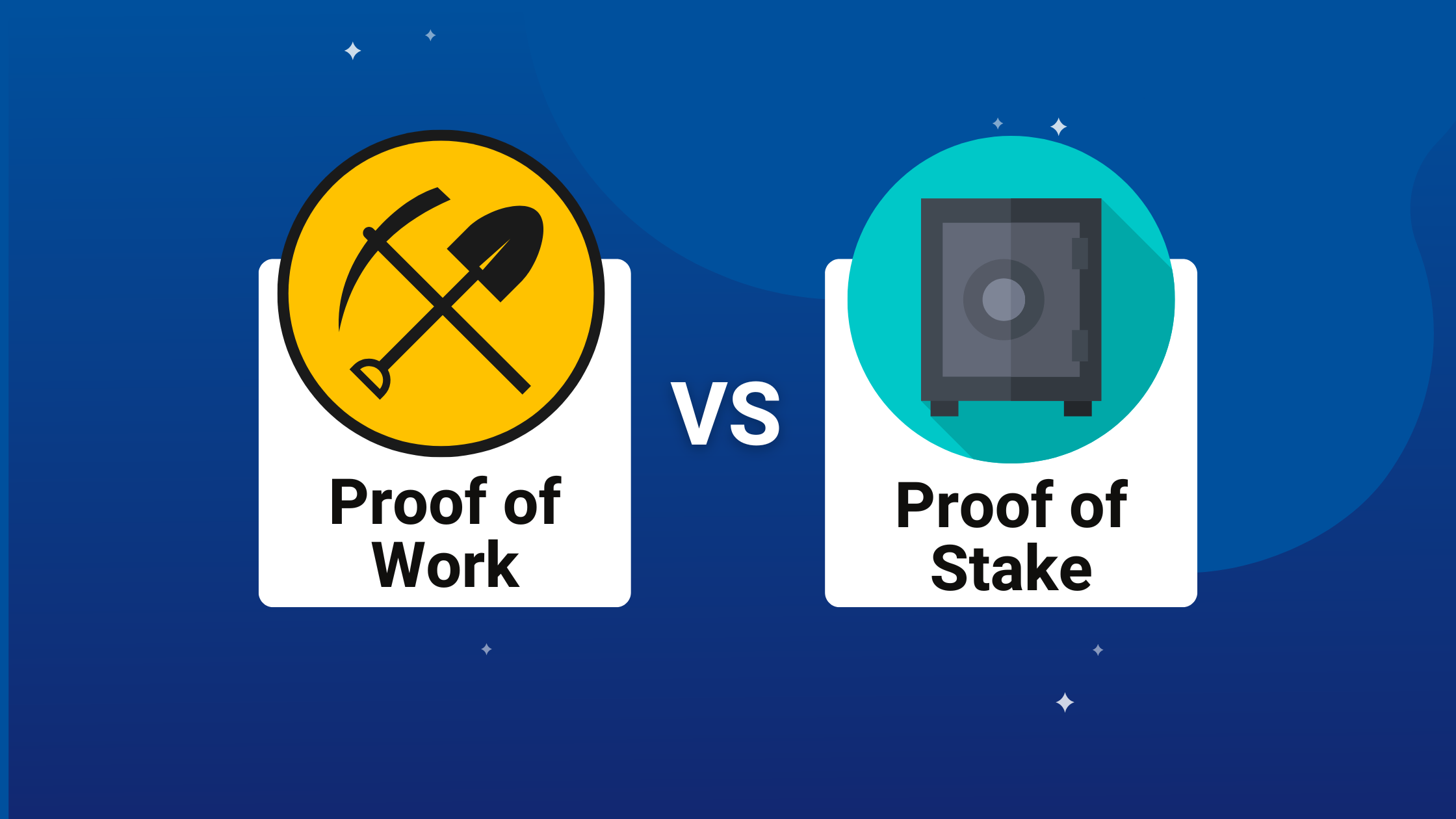
A new logo for PlayCurious
2023-01-18Ethereum: The Merge

An introspective into the most awaited change in the cryptosphere
The Merge, what is it?
There’s been a lot of noise about Ethereum on the cybersphere right now, around something dubbed: “The Merge". Ominous isn’t it? Almost like something out of the Matrix?
Actually, this is a much anticipated step forward, completing the switch to what we call “proof-of-stake”.
The key reason why proof-of-stake is so important, is that the transition should reduce Ethereum’s energy consumption by 99.95%, according to the Ethereum Foundation. Indeed, energy consumption is a major problem for cryptocurrencies. It is said that Bitcoin alone “currently consumes an estimated 150 terawatt-hours of electricity annually — more than the entire country of Argentina, population 45 million” (Columbia Climate School, 2022).
Proof of Work vs. Proof of Stake

But, if “The Merge” isn’t some nefarious world-ending plot, you might be asking yourself, “How do they accomplish this drastic reduction in energy consumption?” Well, Well, they have accomplished this feat by transitioning Ethereum from its current Proof-of-Work model to the proof-of-stake model. But what does that mean?
The Proof-of-Work model is when machines solve a difficult mathematical puzzle to create a unique sequence of numbers, leading to the creation of a new “block” of cryptocurrency.. This process is called “mining”, and the people who do it are “miners”. As far as we know, there’s no better method for solving this puzzle than just trying random numbers, one after the other, and calculating the sequence again each time. It’s a long and costful process in terms of computing resources! These miners consume electricity through their mining machines in exchange for a financial reward.
The Proof-of-Stake model is very different. Rather than pitting miners in competition with each other to create the next block, the next miner is decided in advance, through a sort of buy-in lottery. The lottery winner checks over the transactions and then attests to its validity, before adding the block to the chain.
However, the lottery isn’t completely random. Users need to make a down-payment in order to participate, which is called “staking”. A user may be more likely to be chosen if they stake more cryptocurrency, and have been holding the currency for longer. This makes a certain kind of sense, as it rewards users who are heavily invested in the system, and thus are expected to play by the rules. If a user is found to falsify transactions, they can even be penalized by taking away part of all of their stake.
By avoiding having miners work in parallel, Proof-of-Stake is much more energy efficient, and therefore more ecological, than proof of work. But on the other hand, it becomes more difficult to guarantee that a “rich” user doesn’t take advantage of their situation to falsify the accounts.
Besides the expected ecological benefits, what are other impacts can we expect from “The Merge”?

First, Ethereum may now be compliant with Environmental, Social, and corporate Governance (ESG) standards. This could open the doors to regulatory-minded institutions who are interested in exploring the Ethereum ecosystem. Of course, there are a variety of other regulatory and technical barriers to cross before we expect to see widespread adoption.
Second, "The Merge'' will most likely decrease the quantity of new Ethereum issued over time, because the new system doesn’t generate as much new Ethereum to reward miners.. This leads to about 95% less new Ethereum entering the market under Proof-of-Stake as compared to Proof-of-Work.
Third, this could lower the barrier of entry to new users. Participating as a validator will no longer require whole mining farms with swaths of computers and high-powered graphic cards. . However it will require more financial assets to start. So will this change make the network more decentralized and resistant to attacks, or will the wealthiest Ethereum users exploit the system to get richer? We’ll just have to see…
Fourth, “The Merge” establishes Ethereum as an eco-friendly alternative to BitCoin.For the time being, Bitcoin will remain the battle-tested proof-of-work network while Ethereum will be fueled by the fairly new proof-of-stake energy-efficient mechanism. But given that BitCoin is currently 15 times more valuable than Ethereum, will Ethereum start to rival its dominant crypto cousin?
A turn for the better?
In summary, “The Merge” represents a fundamental turning point in cryptocurrency history. By tackling one of crypto’s biggest challenges, it could open up new opportunities for people who are interested in cryptocurrency but hesitant to invest because of the environmental consequences.
If you’d like to learn more about cryptocurrencies, how they work and what they mean for today’s society, definitely check out our educational game called Blockchain Battle.
And if you want more analyses on developments in technology, the environment or video games, be sure to follow us on LinkedIn, Facebook, Twitter or Instagram!




